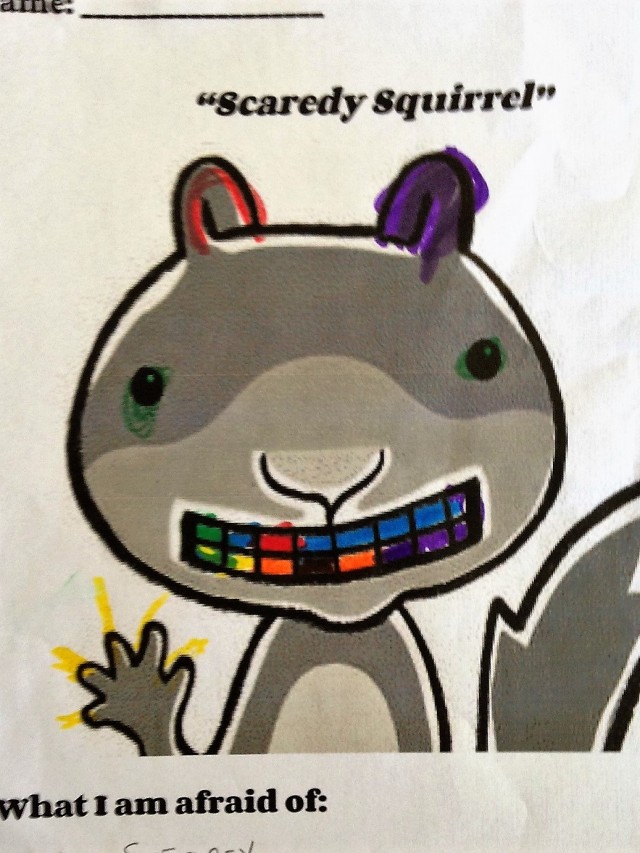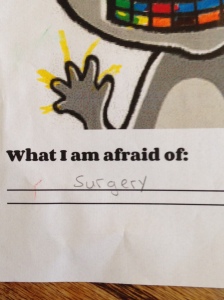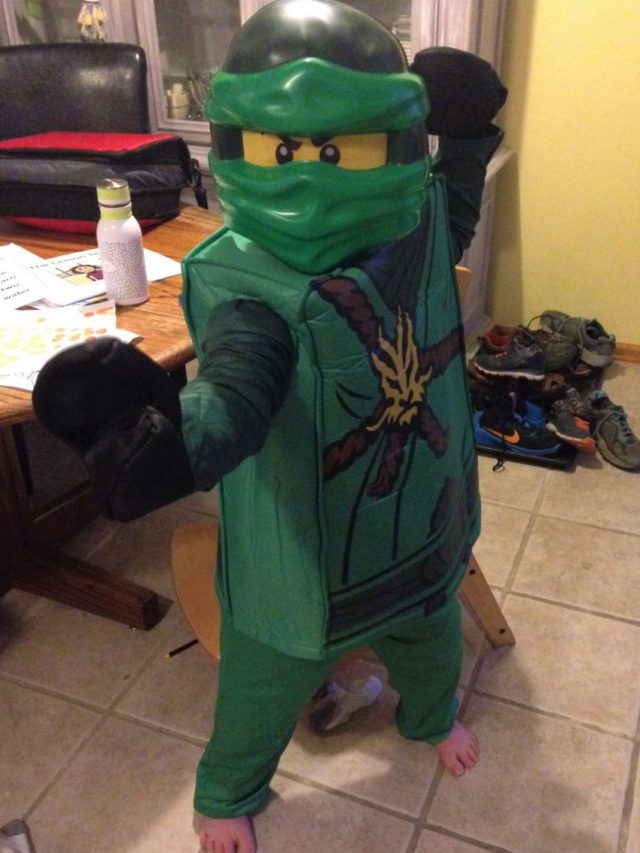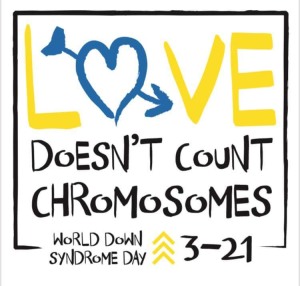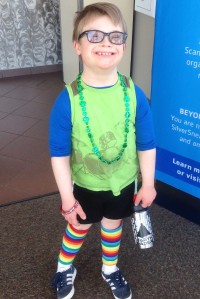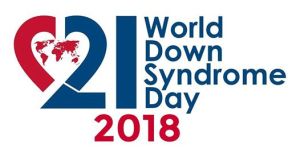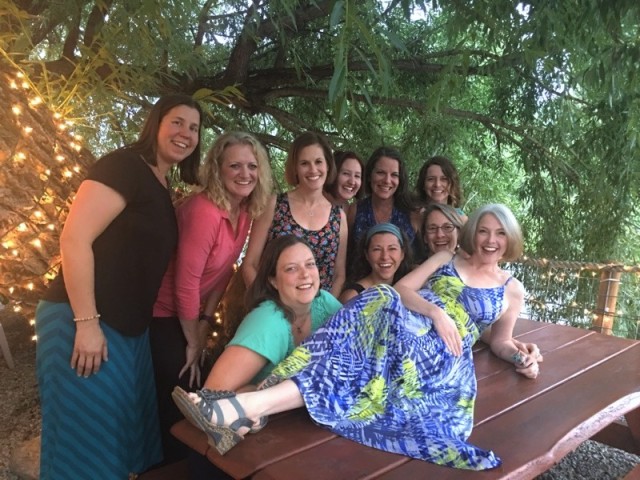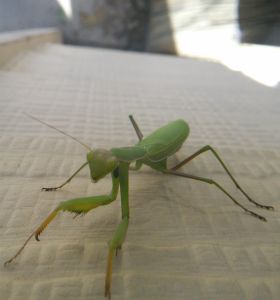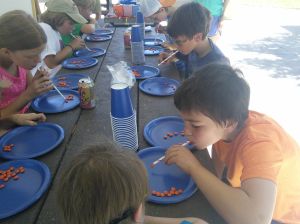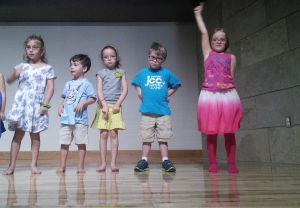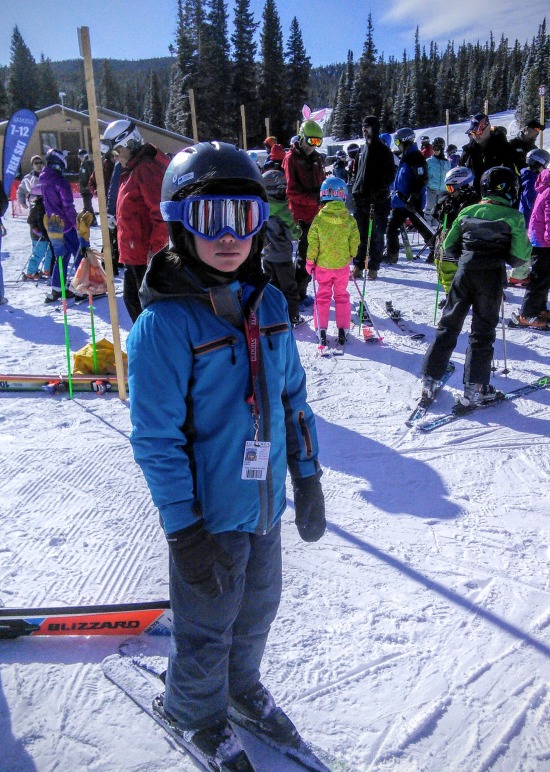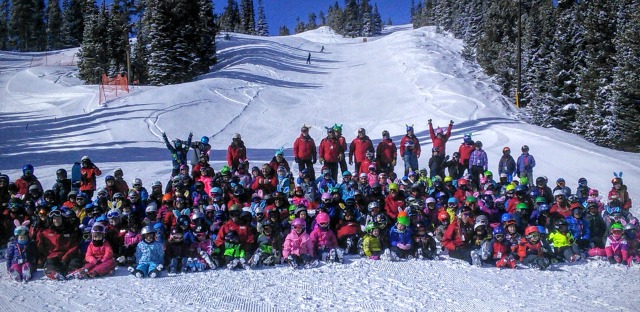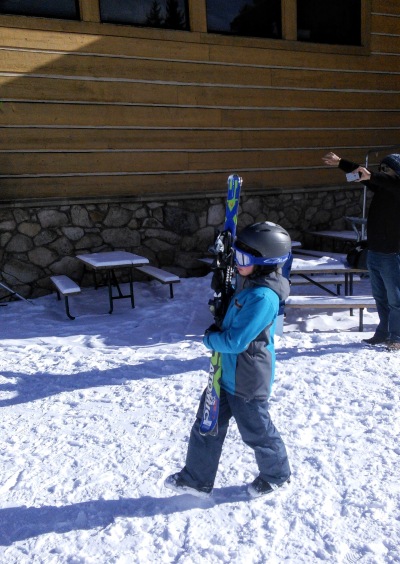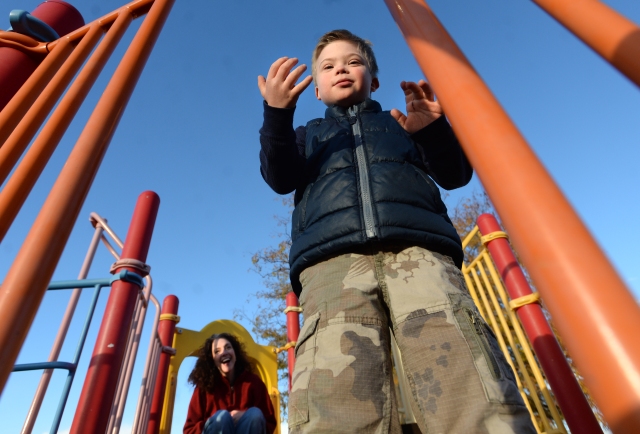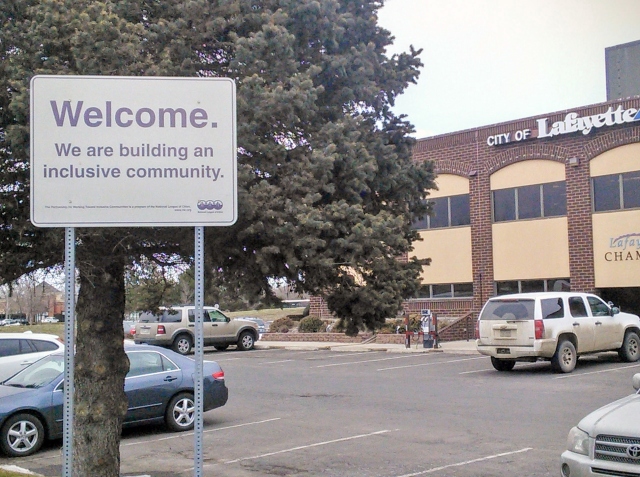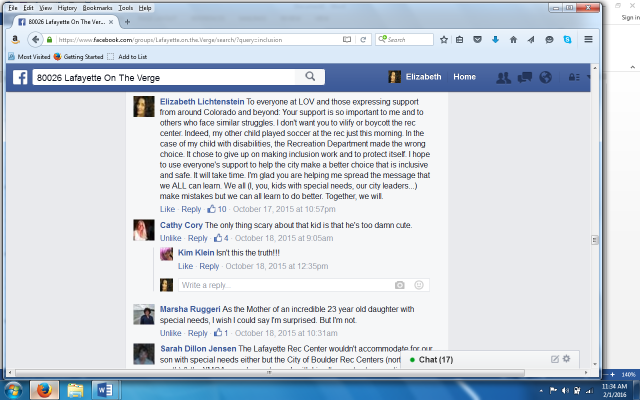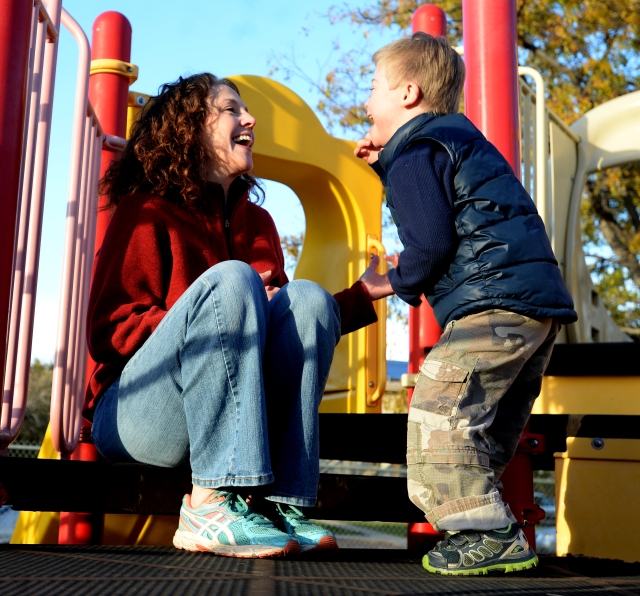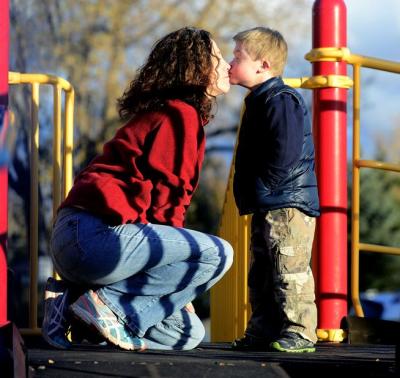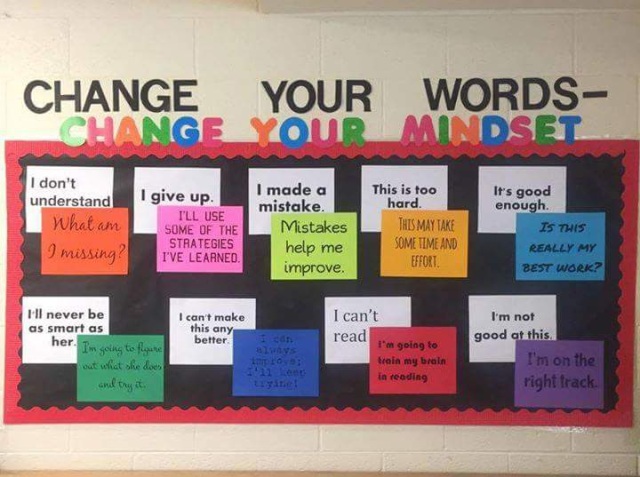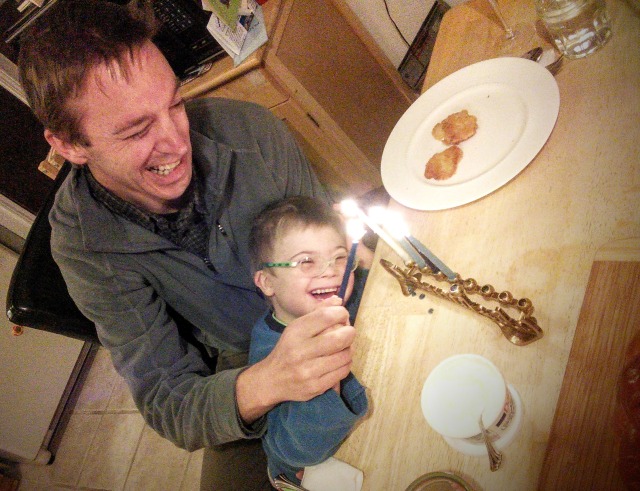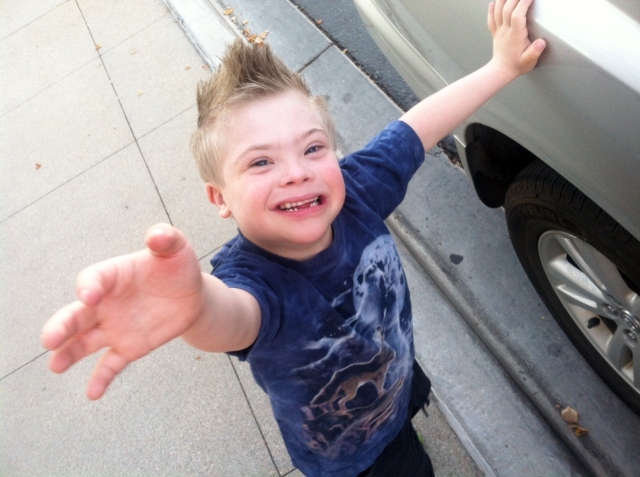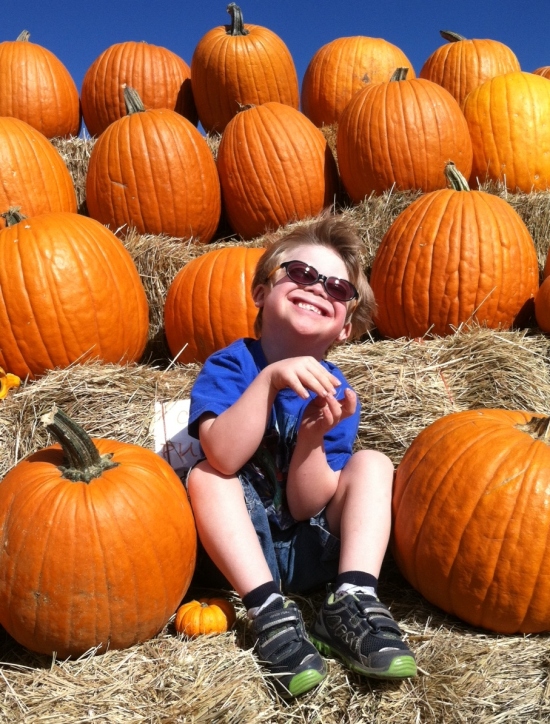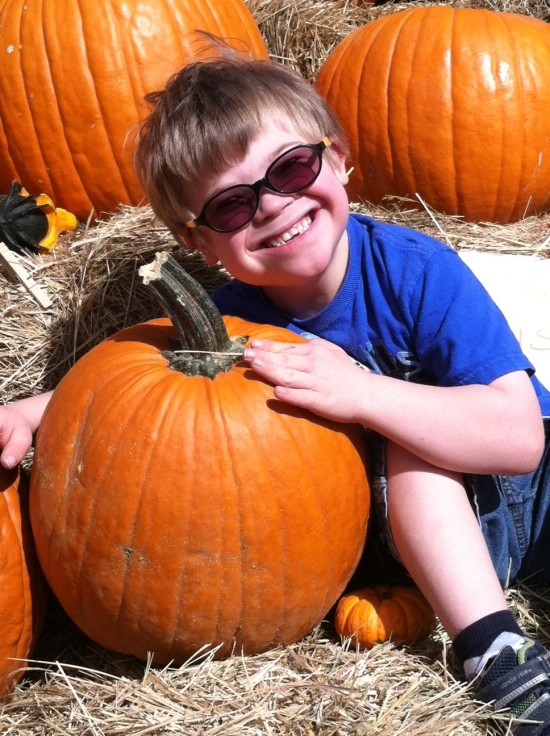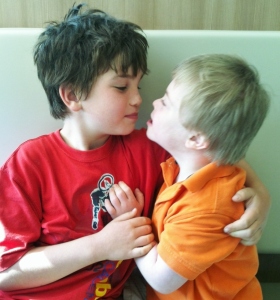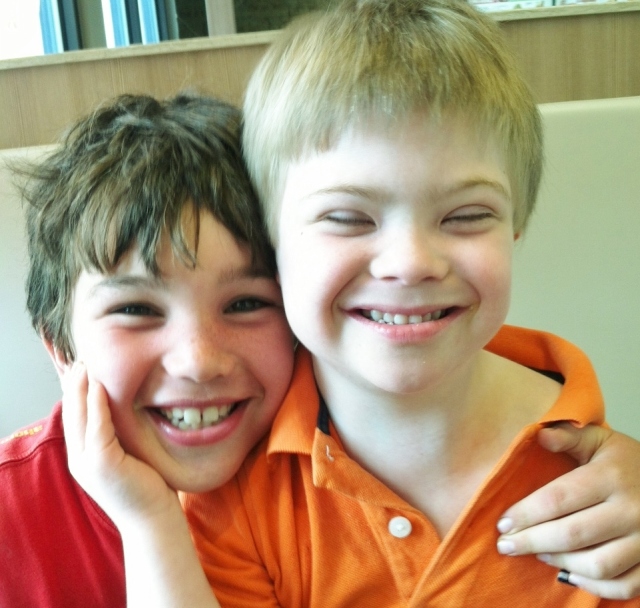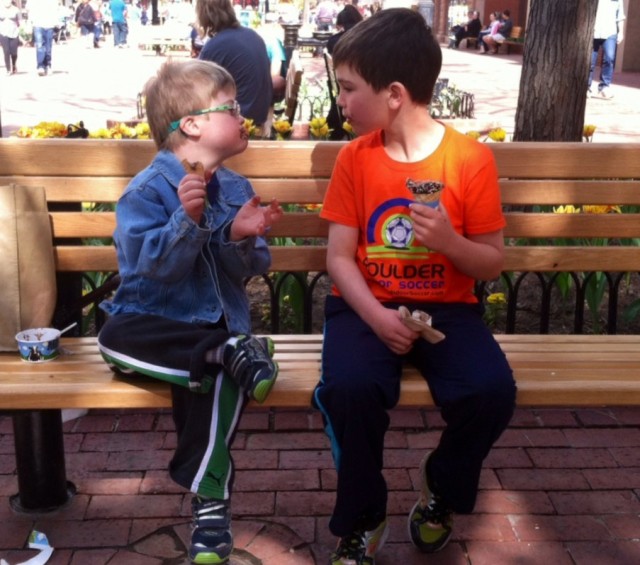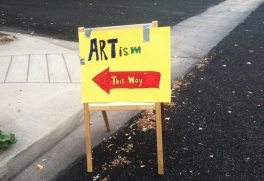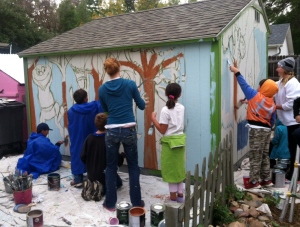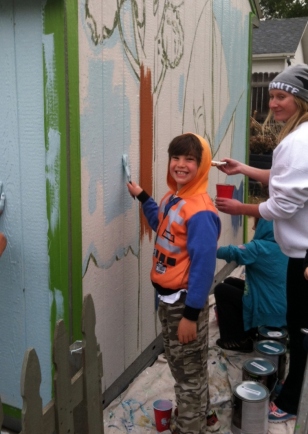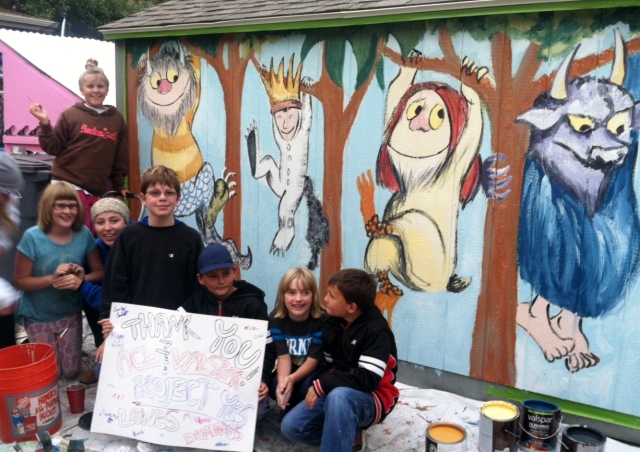I usually enjoy going through the stack of schoolwork and colorful drawings that come home in my son’s Friday folder at the end of each week. I weed through the papers and pick one or two save-worthy examples that show his progress to keep for future kvelling.
Last week, one of my child’s Friday folder pages felt like a gut punch.
It had a picture of Scaredy Squirrel, a funny character in a children’s story by Mélanie Watt about being scared and stretching one’s comfort zone. The prompt “What I am Afraid of” was printed at the bottom of the page with lines below for students to write about something that frightens them.
Halloween is coming and with skeletons, witches, and creepy concepts on their minds, my son’s classmates filled in their pages with frightening things like ghosts and zombies.
Raphael’s page had one word on it.
He wrote, “surgery.”
I dropped the entire packet and stared at the single word on my boy’s sheet of paper. A wave of emotions caught in my throat.
That one word meant so much more than being afraid of a surgical procedure, of which my son has experienced too many in his 10 years.
Just after Thanksgiving last year, Raphael’s femur bone inexplicably popped out of his hip socket when he and his brother were roughhousing on my bedroom floor. That terrible moment began a series of events that tested his strength and the rest of our family for months.
It would take pages for me to document all the pain and hardship – as well as the moments of gratitude and grace – that followed my son’s emergency department visit that night 11 months ago. He was immobilized in a body cast for months, underwent an 11-and-a-half-hour surgery to rotate and pin his right hip socket into place, and needed help with all his daily activities. We withstood a taxing cycle of crushed hopes every time we brought him in for an X-ray only to find that his bones were not stitching back together the way children normally do.
Earlier this month, we ditched Raphael’s wheelchair and walker for good – I hope. We think his healing is finally, slowly progressing. He is happy to be free to move, for the most part as he wishes, and I am grateful every day that caring for him is less hard than it was just months before. A few days ago, I noticed that my upper body strength has already diminished since I am not carrying him around all the time as I had been last spring.
But I know Raphael’s other hip, the left one, is also malformed, and he is at risk of dislocation again.
Fact is: My child breaks.
That is why his fear of surgery and all that goes with it is my fear as well.
I happened upon one of the caring paraprofessionals that work with Raphael at his school the day after his Scaredy Squirrel assignment came home. Alison’s kids are the same age as mine and our paths cross frequently. I was working at my middle schooler’s yard-sale fundraiser for an orchestra trip next spring, and she was either volunteering or shopping as well. As we straightened the clothes hung on racks and casually compared items in our children’s sizes, I asked her if she had been with Raphael during the Scaredly Squirrel assignment. I mentioned my reaction to what Raphael had written.
She was surprised at the grief it brought up for me, and said, “Wait, let me tell you what happened next.”
Alison described how the school kids discussed their reactions to the story and shared what they were afraid of in class. She said their teacher asked them how they respond to being afraid. What should kids do when they feel scared, Mrs. Watson had asked?
Alison explained that some students said they could talk to their parent if they are afraid, and Raphael raised his hand to answer the teacher’s question.
When called upon to say what one could do when afraid, Raphael simply stated, “Be brave.”
Again his words wrenched my heart, but this time it wasn’t from recognition of fear. I feel proud of my son’s response, and I feel relief that we talk about being courageous so much in our house. It must be sinking in. Still, my good feels are tinged with sadness because I wish our fears were indeed as real as a spooky ghost or Halloween zombie. I wish the things we are afraid of weren’t relevant. I wish that we didn’t have to be so good at being plucky and resolute.
And I realize that for the hundredth or so time, my boy who has taken so many stressors and challenges in stride, keeps teaching me, and those around me, to be brave.
This October season is a time to laugh at scary stuff, pretend to be things we are not, and possibly learn how strong we can be when we need to be.
Our children can be our best teachers.

